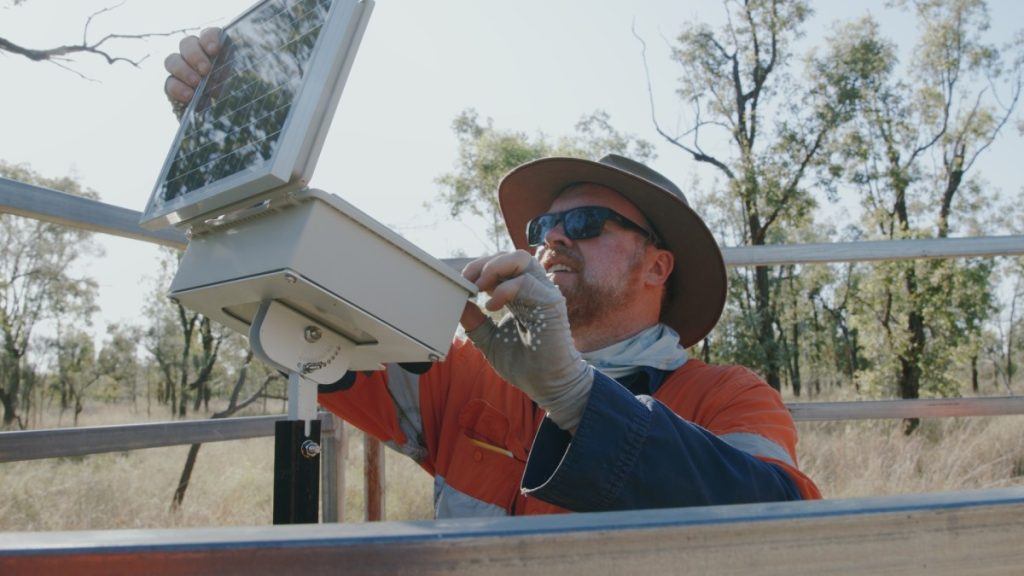Bravus black-throated finch project takes flight

A high-tech research project between Bravus Mining and Resources and Queensland scientists has created a new model to uncover the secrets of rare bird species.
The joint project with researchers from ecology consultancy E2M has provided new information about the habitat and daily movements of the black-throated finch, using an AI-supported radio tracking program.
Bravus Mining and Resources chief operating officer Mick Crowe says the latest findings from the research project are an important part of Bravus’ commitment to the environment.
“We are using innovative scientific research that is delivering on our commitment to operate the Carmichael mine according to our detailed environmental plan,” he said.
“This research is building an in-depth profile of the black-throated finch through long-term research and rigorous science.
“Scientists can use the findings and the techniques to further study black-throated finch populations in Queensland and other rare birds within Australia and around the world.”
The automated radio-telemetry research used one of the largest sets of radio towers in the Southern Hemisphere, with 27 towers covering about 2,700ha of black-throated finch habitat.
The model also used manual radio tracking combined with AI methods to map foraging, drinking and nesting areas in a greater level of detail.
E2M principal ecologist John van Osta says this innovative approach will provide extra tools to help researchers learn about other rare species.
“This model builds on previous machine learning techniques to improve the ability of researchers to track wildlife,” he said.
“Our method allowed us to estimate the position of each black-throated finch continuously while they were within range of one of our automated radio towers.
“The AI-supported model can be used by other researchers to study the habitat and movements of any species of wildlife.”
The research has been made available under open access to allow other scientists to use the AI methods for their own studies and to further improve research methods.














